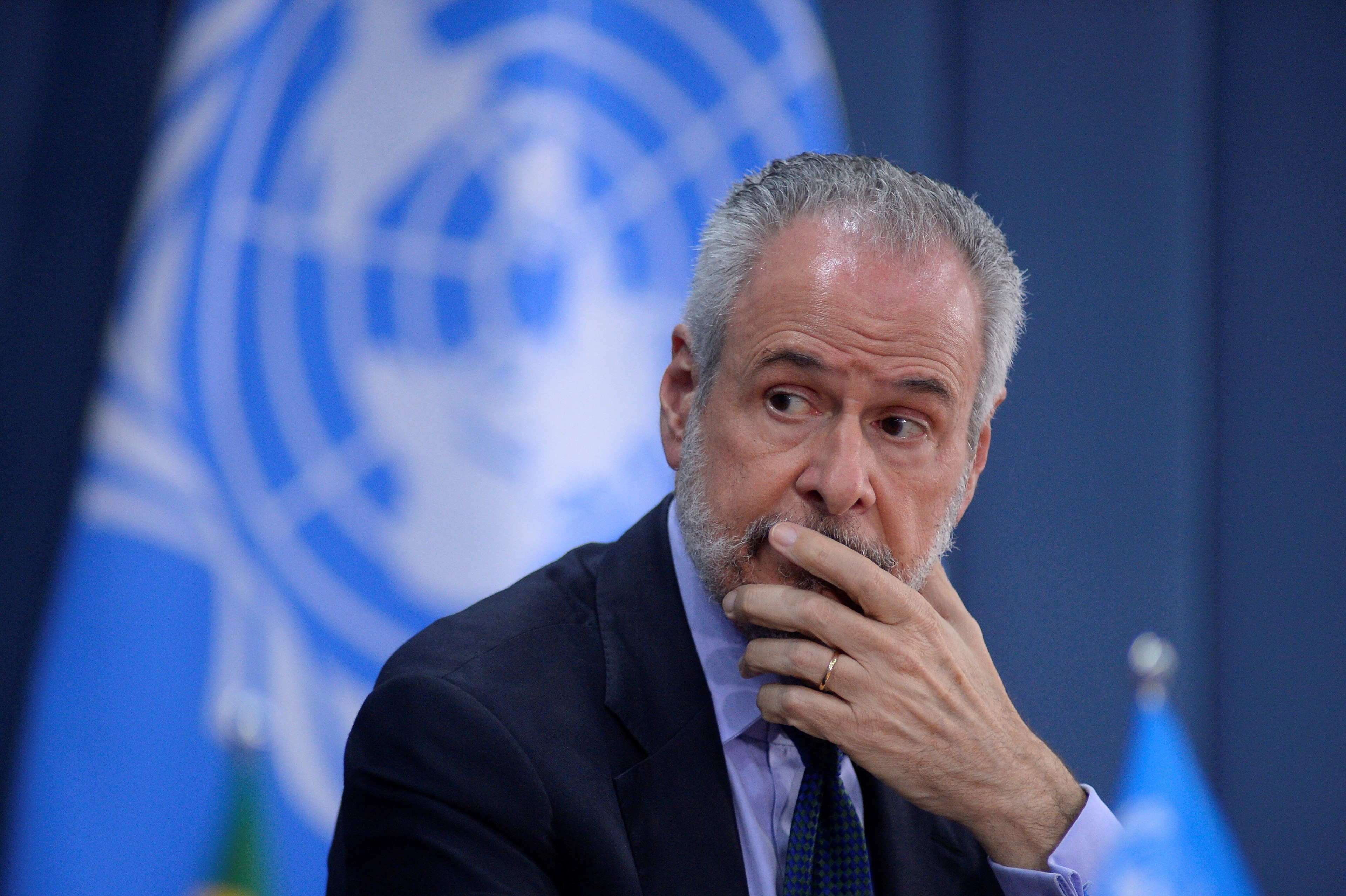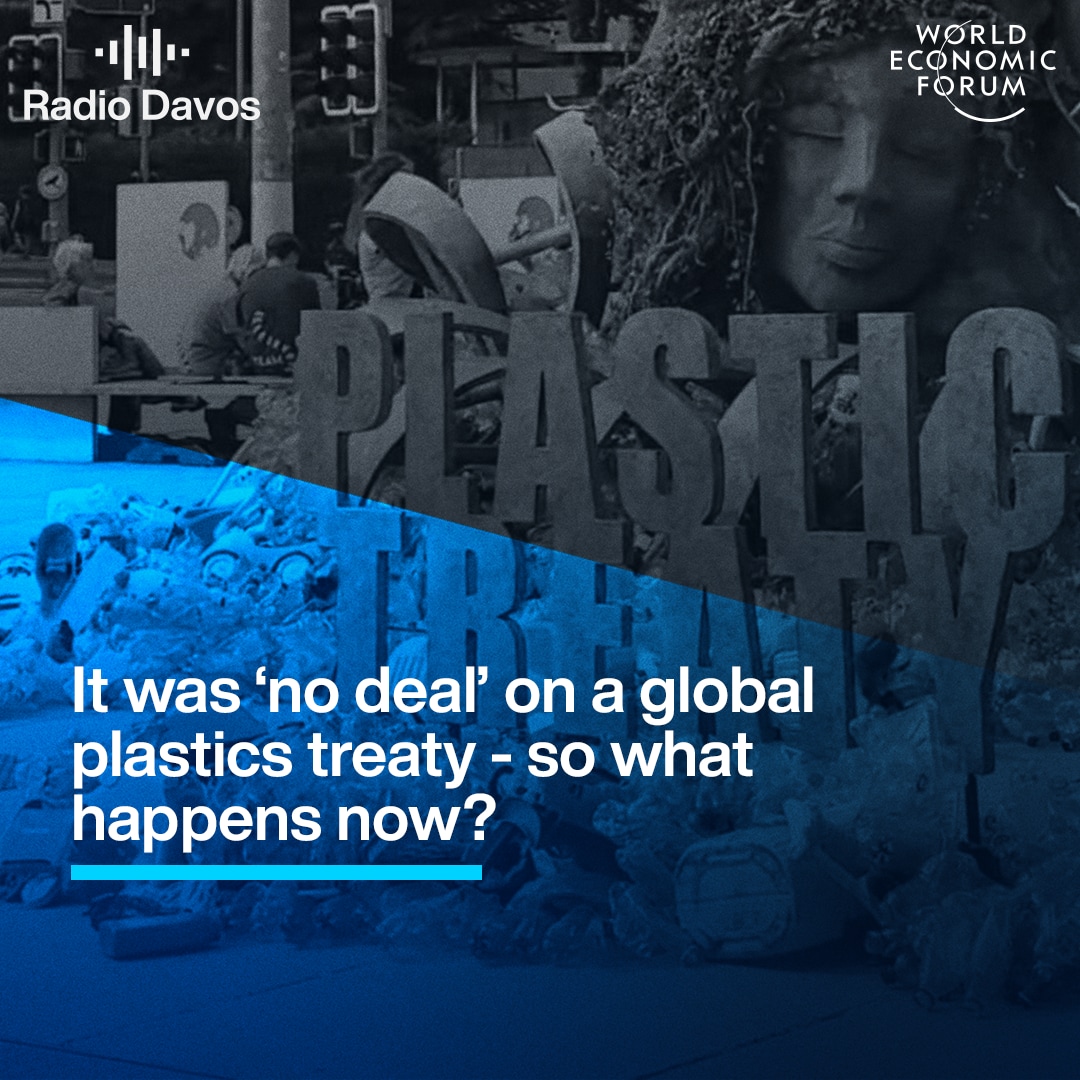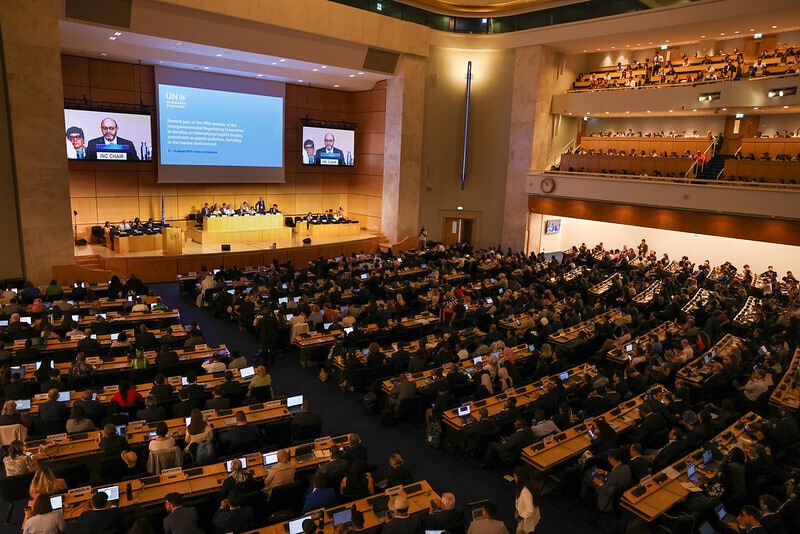Rare earths are the new battlefront in the US-China trade war. But what are they?

China is responsible for around 80% of the world’s supply of rare earth materials.
Image: REUTERS/David Becker
Stay up to date:
United States
China dominates the rare earth market, responsible for around 80% of the world’s supply – something it is keenly aware of.
As the trade war between the US and China rolls on, rare earths could become a key bargaining chip, and the Chinese commerce ministry hinted it might initiate embargoes on the minerals.
No names were mentioned but the implication was that any country deemed to have an anti-China stance could be affected.
It’s a situation that could lead to a repeat of the export restrictions China placed on rare earths back in 2010. That led to Japan, the US and the European Union taking the case to the World Trade Organization, which ruled against China. The export restrictions were scrapped five years after they began.
So how much bargaining power do these minerals actually pack?

Despite the name, they’re not as rare as you might think – they are distributed worldwide and even the rarest of them are 200 times more abundant than gold.
Elementary science
The 17 rare earth elements are classified as metals: scandium, yttrium, and the 15 elements in the lanthanide series (for the full list click here), and although you may not have heard of all of them, they play a huge part in our daily lives.
They are used in an array of products and manufacturing processes for their magnetic and conductive properties, from the catalytic converter in a petrol-powered car to the rechargeable battery of an electric one.
They can be found in smartphones, wind turbines, computer memory, GPS equipment, and are used in the military for night-vision goggles, communications equipment and precision-guided weapons.
Getting them out of the ground is where the challenge lies. The investment required to extract and process them only makes financial sense where concentrations of the minerals are high, which is unusual, or where the cost of extraction can be kept low.
The economics of extraction
Those are two of the factors that have led to China’s dominance of the market. Although the country has around 40% of global rare earth stocks, it accounts for 80% of the world’s supply, due in no small part to its relatively low labour costs, coupled with the high demand for the minerals from Chinese electronics manufacturers.

A recent discovery in Japan highlights the challenges facing other countries. Around 16 million tonnes of rare earths have been found near the island of Minami-Torishima. But they are buried 5,600 metres below sea level, which is where they’ll stay until new mining techniques and equipment can be developed.
The US has historically struggled to make extraction economically viable. Its last remaining rare earth mine, Mountain Pass, ceased production in 2002. But due to rising prices, growing demand and the uncertainties around the trade war, Mountain Pass is being brought back on stream.
If China decides to restrict rare earth exports or introduce tariffs there will be upward pressure on prices as demand outgrows supply.
While there will be corresponding pressure to increase the prices of the finished goods that contain them, there may also be a greater incentive to develop supplies in other parts of the world.
But it is also worth noting many of the US manufacturers reliant on rare earth elements have already based their manufacturing in China, or outsourced it to Chinese companies, which could mean they are able to remain unaffected by mineral export restrictions.
Don't miss any update on this topic
Create a free account and access your personalized content collection with our latest publications and analyses.
License and Republishing
World Economic Forum articles may be republished in accordance with the Creative Commons Attribution-NonCommercial-NoDerivatives 4.0 International Public License, and in accordance with our Terms of Use.
The views expressed in this article are those of the author alone and not the World Economic Forum.
Related topics:
Forum Stories newsletter
Bringing you weekly curated insights and analysis on the global issues that matter.
More on Nature and BiodiversitySee all
David Elliott
August 27, 2025
Tom Crowfoot
August 20, 2025
Chavalit Frederick Tsao
August 19, 2025
Andrea Willige
August 15, 2025
Tom Crowfoot
August 14, 2025






